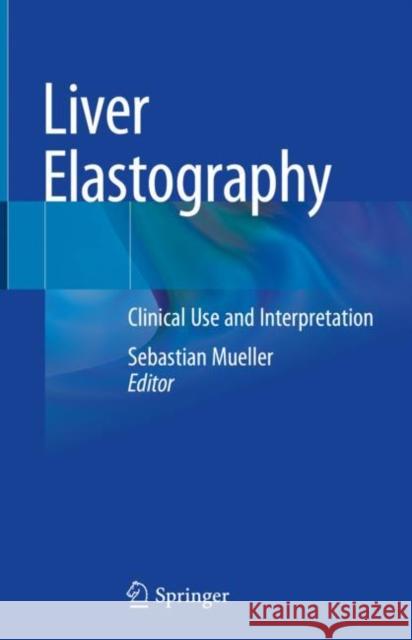Liver Elastography: Clinical Use and Interpretation » książka
topmenu
Liver Elastography: Clinical Use and Interpretation
ISBN-13: 9783030405410 / Angielski / Twarda / 2020 / 737 str.
Liver Elastography: Clinical Use and Interpretation
ISBN-13: 9783030405410 / Angielski / Twarda / 2020 / 737 str.
cena 726,29
(netto: 691,70 VAT: 5%)
Najniższa cena z 30 dni: 693,97
(netto: 691,70 VAT: 5%)
Najniższa cena z 30 dni: 693,97
Termin realizacji zamówienia:
ok. 22 dni roboczych.
ok. 22 dni roboczych.
Darmowa dostawa!
Kategorie BISAC:
Wydawca:
Springer
Język:
Angielski
ISBN-13:
9783030405410
Rok wydania:
2020
Wydanie:
2020
Ilość stron:
737
Waga:
1.17 kg
Wymiary:
23.88 x 19.56 x 3.05
Oprawa:
Twarda
Wolumenów:
01











